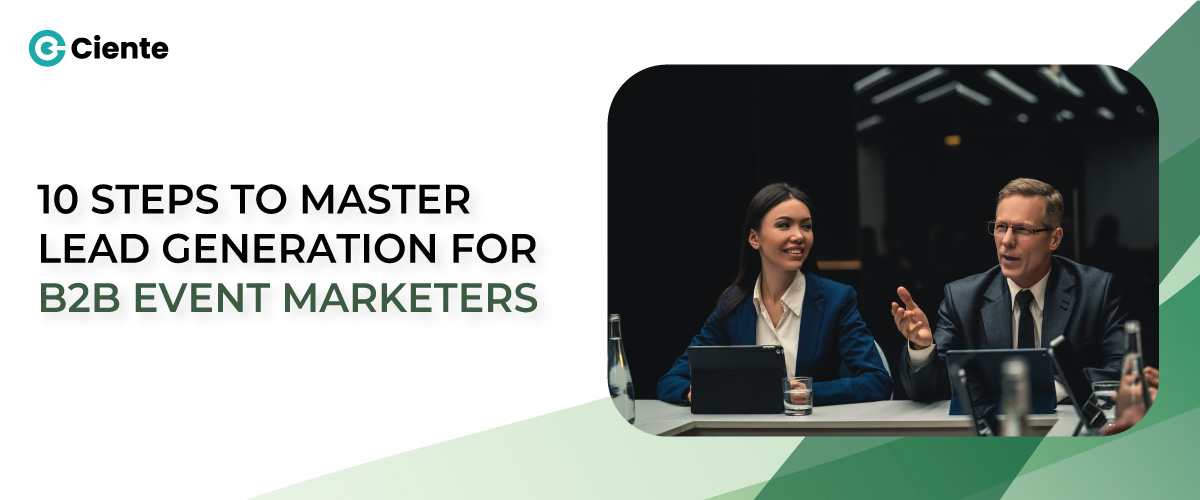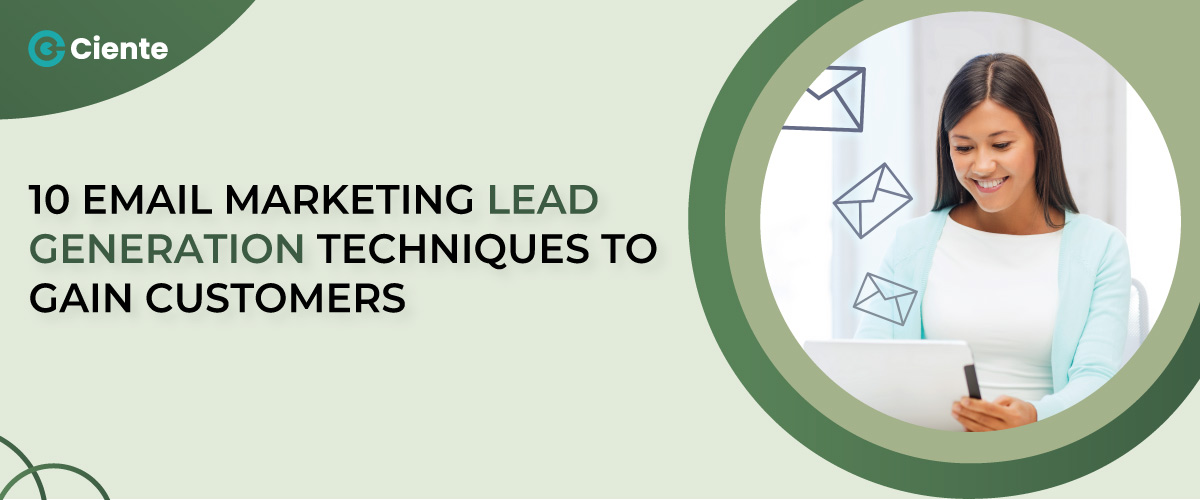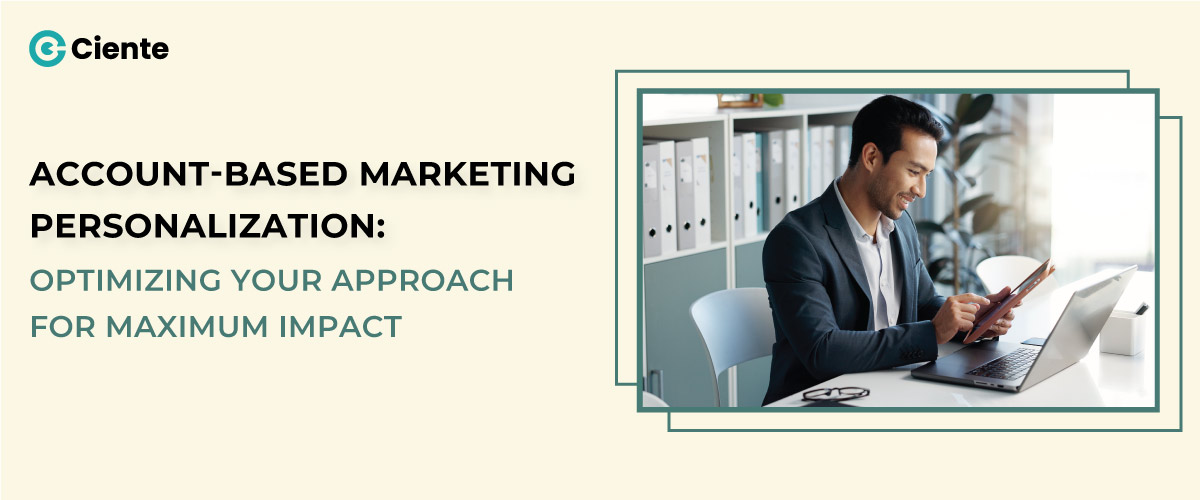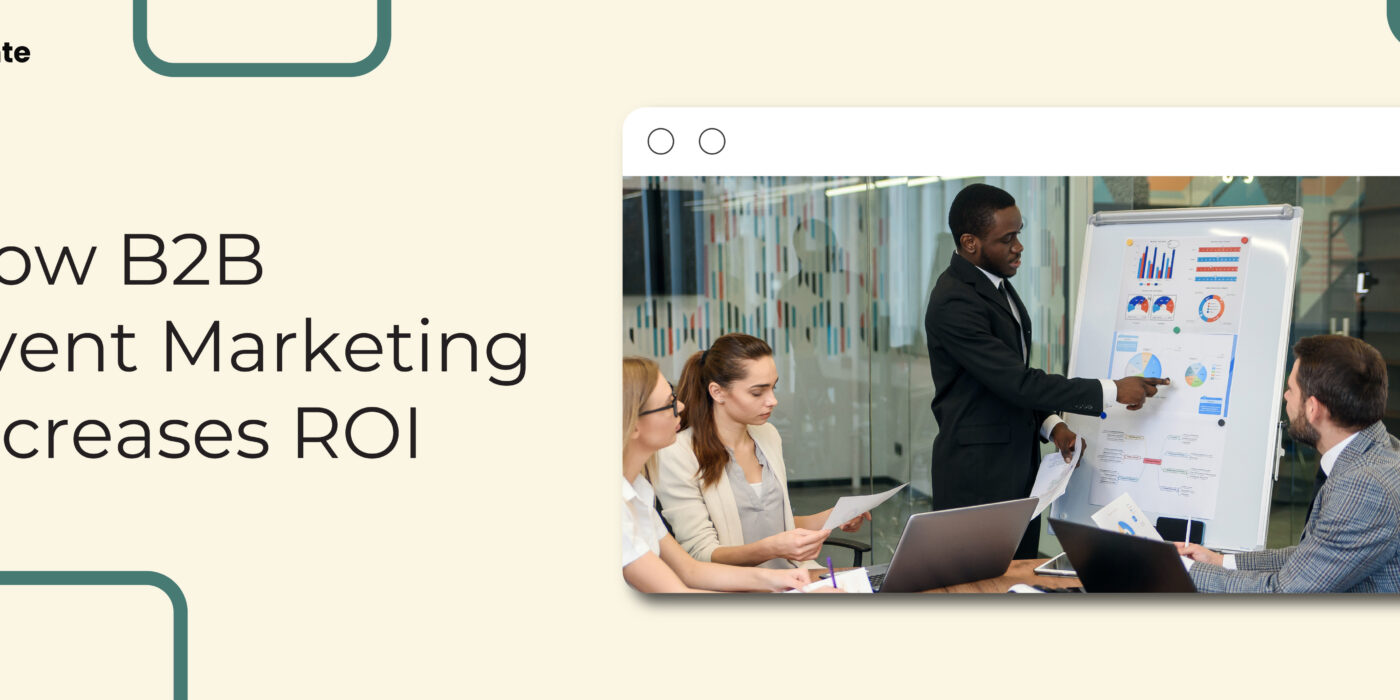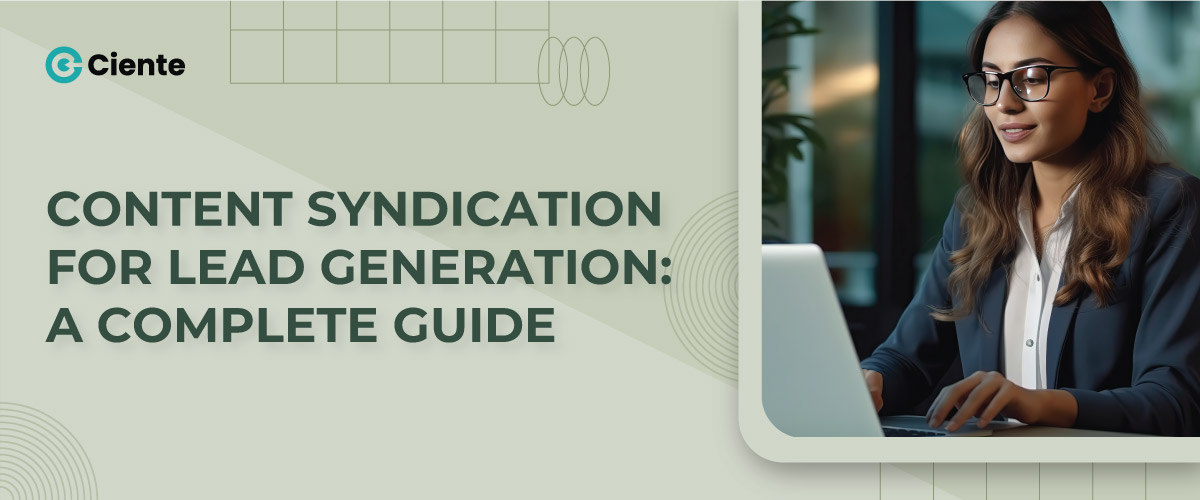Top Event Marketing Trends in 2025
Events can transform business dynamics, but organizing them involves a lot of behind-the-scenes work. Keeping up with the latest trends gives a cutting edge to your marketing plan.
Event marketing combines planning, execution, and promotion to achieve business awareness, brand credibility, and audience engagement. It is an essential ingredient for building relationships with the target audience and driving the sales cycle.
Technologies like AI and GenAI are transforming business functioning, and events are no exception. The world of meetings is also evolving, integrating digital tech to engage with potential prospects. To stay ahead of the AI wave, know-how of the top event marketing trends will promote brand success.
With an array of innovations surrounding us, it can be daunting for marketers to keep track of what’s in and what’s best to boost inbound strategy. We’ve prepared a comprehensive list for you to incorporate into your marketing programs.
Event Marketing Trends: Must-haves for 2025
Let’s look at the most trending techs this year has witnessed.
1. AI integration
AI and Gen AI offer a dynamic market with a diverse set of tools to choose from. In 2024, there has been a rise in experimentation with AI for campaigns and event planning. It does not come as a surprise that these technologies also inspire event planners to discover new ways of enhancing customer experience. A key feature of AI integration is automating tedious operations and doing it flawlessly. Marketers can experience seamless outsourcing and management with the emerging tools.
2. Involvement of modern technology
Planning and executing an event comprises several elements and departments, each managing a specific portion. It may all seem chaotic with challenges such as staffing shortages, late deliveries, and budget restrictions. But thanks to technological advancements, you can sail through these hurdles. Tech innovations can take the collaboration between event planners, suppliers, and venues to the next level. For instance, design tools can support better visualization of how the venue will look like. What’s more— scheduling and invitations can be automated.
Technology competency is no longer a buzzword, it is the need of the hour. Implementing the latest innovations enhances brand awareness and organic lead generation. Event marketers can utilize technologies such as AI, data analytics, and automation in their stride to amp up performance engagement. They must also consider applying a single-platform and cloud-based technology to store previous bids and contracted rates.
3. Social media
The era of social media brings together people from all corners of the world. You can leverage different channels to promote upcoming events, attract more attendees, and track engagement. It also opens up walls of communication with audiences of diverse demographics. When you get to know them, it provides you the opportunity to tailor events and campaigns that would generate a good response.
4. Mix of in-person, Hybrid & Virtual Events
Since the world is increasingly adopting digitization, why not extend it to events? 2024 has welcomed the hybrid era, a mix of virtual and in-person sessions that can accommodate a diverse audience. It can greatly expand your brand presence and increase the scope for brand loyalty. Integrating technology can improve customer engagement and allow you to host more virtual events. The blend of these event formats is more like a response to the evolving needs and preferences of potential prospects.
For instance, although in-person events promote immersive experiences, they can consume significant resources. They are demanding in terms of time, energy, and finances. When you mix in-person with hybrid and virtual seminars, webinars, and meetings, you expand your reach, given the diverse audience preferences and constraints.
5. Centralized event marketing
If you are in charge of organizing events, you probably have hands full with a complex set of intertwined tasks, from registrations to interacting with partners and sponsors, overseeing the entire program, managing speakers, and so on. While event marketing is a powerful approach to building customer connections and showcasing brand expertise, planning, executing, and measuring performance can be exhausting. This is where the trend of a centralized event marketing system comes into place. It is a software solution that manages all aspects of an event, streamlining the process and optimizing the outcomes.
Over the years, CRM and marketing technologies have worked with centralization, and now it is time to sync it with event technology. Centralized marketing can help you conserve time and resources, improve consistency and quality, increase reach and engagement, and optimize performance. It eliminates the struggles of a single system and offers a cost-effective, flexible platform. Organizations can adopt a centralized framework for strengthening connections with suppliers, investing less time in data consolidation and more time adding value to the attendees.
6. Implementing Sustainability
B2B companies realize the significance of becoming eco-conscious and consider implementing sustainability initiatives. With the UN launching SDGs, integrating sustainability, although challenging, can be feasible. For instance, in your next event, you can choose to adopt some of these measures:
- Managing waste disposal and recycling
- Electronic waste management and reuse
- Using bamboo and other sustainable alternatives to plastics wherever applicable
- Planning the logistics carefully so there is regulation of carbon footprint
What’s more— when promoting events, including virtual ones, you could show off your green credentials to win like-minded sponsors and attendees. After all, it’s not just about following the event marketing trends but leaving a positive and lasting impact on the people and planet.
7. Value-based Marketing
Studies indicate that over 70% of millennials consider experiences more valuable than material possessions. Focusing on delivering human-centric, less sales-oriented events will work in your favor. When you apply a value-oriented approach, it appeals to the values and ethics of the customers, and they resonate with your brand better. It’s no longer just about products and services. Addressing the values of the target audience portrays an image of the brand that they feel connected to.
Value-based marketing conveys to consumers how they will benefit by doing business with you. As you work towards aligning with your target accounts, pay attention to their desires and motivations. Research and find out the type of value most likely to influence them in your favor. Once you know the values, it will be easier to customize a value-based proposal.
8. On-demand Events
An on-demand event means one that can be accessed by interested prospects anytime. It creates a fine balance between attending an event and aligning it with the work schedule. The access to on-demand content can be beneficial to the brand as well as the audience. They can learn insights about market trends and the latest innovations that can amplify their brands by choosing an on-demand slot matching their convenience. Some companies also offer these online free of cost. High-quality on-demand content can enable you to continually deliver value-based material, with impacts lasting long after the initial event.
9. Personalized Events
Although the modern audience is adaptable and satisfied with in-person or virtual events, the element of personalization never loses its touch. However, before launching a customized event, it is important to understand your audience and gather relevant data. Personalization can be a real game-changer. The number of potential attendees, activities, and relevant content to address their needs will guide you in planning the best event.
When you tailor events as per the unique tastes and preferences of the audience, it helps cater to a diverse audience. Imagine throwing a surprise party for a friend without considering their preferences, compared to one where you have curated them to their likes and dislikes. Personalized events can deliver a more impactful experience for the clients, and are likely to resonate with more individuals.
Final thoughts
Launching events offers a remarkable opportunity to connect with customers and highlight your expertise. When done well, event marketing can help build brand loyalty, increase lead generation, and improve the overall customer experience. This industry domain is ever-changing, but if you implement these projected event marketing trends, you already have an advantage. You can use technology to navigate through the various components involved in making an event happen. In this way, you can reduce the stress of doing all the work and focus on connecting with the prospects.


